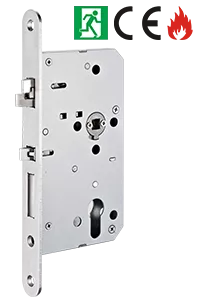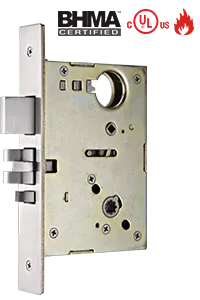
Mortise lock door hardware has been protecting doors since the 18th century, when it first appeared in high-end homes and buildings as a premium security solution. These robust, reliable mortise lock sets have endured through centuries of technological change, making them a preferred choice for both commercial and residential applications today.
This mortise lock door hardware successfully bridges the gap between traditional craftsmanship and contemporary security requirements. Property owners and security professionals continue to rely on mortise lock systems because they deliver consistent performance and durability that newer technologies often struggle to match.
The Builders Hardware Manufacturers Association (BHMA) reports that commercial mortise locks are installed in approximately 70% of commercial buildings, demonstrating their widespread acceptance in professional settings where security cannot be compromised.
In this article, we’ll explore the essential components of mortise lock door hardware—mortise locks, door handles, cylinders, thumbturns, and more.
Table of contents
Understanding Mortise Lock Systems
When selecting door hardware, property owners often choose between two main types: cylindrical locks and mortise lock sets.
Cylindrical locks, the more common option in residential settings, mount directly onto the door surface with the locking mechanism contained within the knob or lever handle. These locks require only two holes drilled through the door face.
Mortise lock takes a completely different approach. Instead of surface mounting, mortise lock sets require a rectangular pocket carved directly into the door's edge to house the entire locking mechanism. This installation method fundamentally changes how the lock interacts with the door structure.
1. Key Advantages of Mortise Lock Door Hardware
This embedded design offers several practical benefits over cylindrical alternatives. Since the mortise lock set integrates with the door structure, it can handle much greater force without failing. Property managers appreciate the versatility of commercial mortise locks – a single mortise lock can serve different purposes, from basic passage doors to high-security entrance applications or specialized classroom functions.
From an aesthetic standpoint, mortise lock door hardware provides a cleaner, more polished appearance that works well in professional environments. The hardware appears seamlessly integrated rather than added on as an afterthought.
Main Components of Mortise Lock Sets
The core of a mortise lock lies in its intricate design and components, each playing a vital role in the lock's functionality and reliability.
1. Mortise Lock Body
The mortise lock body serves as the core of the mortise lock system, housing the intricate internal mechanism responsible for its functionality. This critical component is engineered to deliver reliability and security, making it an essential element in any high-quality lock. Mortise lock bodies are designed to meet different regional standards.
Mortise lock bodies serve multiple functions depending on your needs. Passage locks allow free movement without locking. Privacy locks provide interior locking for bathrooms or bedrooms. Entrance locks require keys from outside but thumb-turn inside. Commercial mortise locks for classroom applications let teachers control access, while storeroom locks stay locked until keyed open.
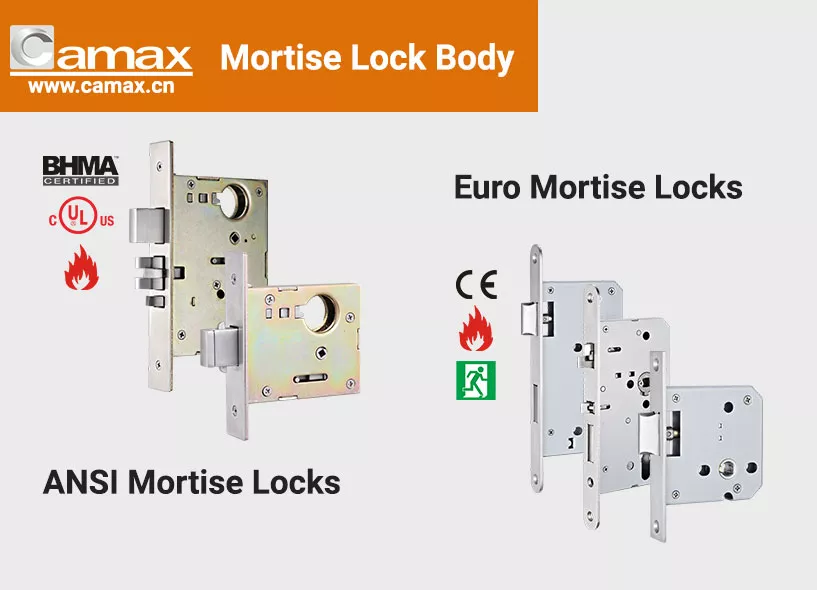
Camax Hardware manufactures two primary categories, ANSI mortise locks and Euro mortise locks. ANSI mortise locks, widely used in North America, adhere to rigorous specifications for durability and security. In contrast, Euro mortise locks are designed for European standards, often featuring a slimmer profile to suit the region's architectural styles.
- • ANSI Commercial Mortise Locks
- • Certificate: BHMA listed; ANSI/BHMA A156.13-2020, Grade 1 (1,000,000); UL10C fire rated, 3 hours
- • Multi functions in one case
- • Field-reversible handing without opening lock case
- • Automatic Deadbolt Locking Exit Lock
- • Compliance with: EN12209; EN179; EN1125
- • Lock case seal, zinc plated
- • Non-handed
- • Bolt projection, one throw
- • Latch & Bolt: Stainless steel 304
The design of the lock body can also be tailored to specific applications, ensuring optimal performance across diverse settings. To meet the needs of different applications, Camax Hardware manufactures lock bodies crafted for classrooms, bathrooms, and exit doors, each meeting unique operational and safety requirements. Materials like stainless steel and brass are commonly used in their construction due to their strength and resistance to wear. These durable materials ensure the lock body can withstand repeated use and environmental challenges, providing long-lasting performance.
Tips: Which Certifications Should You Look For?
Choosing the right certifications for your mortise lock door hardware depends on your location and project requirements.
For American Projects: Look for ANSI and BHMA certifications, which rate mortise lock sets performance on a three-grade scale. Grade 1 offers the highest security and durability, while Grades 2 and 3 provide lighter-duty options. If your building requires fire-rated doors, make sure the mortise lock door hardware also carries UL10C certification to maintain the door's fire resistance.
For European Projects: You'll need CE marking compliance for your mortise lock sets, which covers several specific standards. EN12209 applies to general lock performance. For high-occupancy spaces like theaters or schools, EN1125 certification is required for panic exit hardware, while EN179 covers emergency exit devices for areas without high occupancy.
These certifications aren't just bureaucratic requirements. They ensure your mortise lock door hardware will perform reliably when you need it most, whether that's daily use or emergency situations.
2. Door Handles for Mortise Lock Sets
Door handles serve as the primary interface between users and the mortise lock door hardware system, making their selection crucial for both functionality and user experience. Without properly matched handles, even the highest-grade commercial mortise lock cannot perform effectively.
Mortise lock sets work with two main handle types: levers and knobs.
Lever handles feature a horizontal arm that users push down to operate the mortise lock. They're easier to use for people with limited hand strength or mobility issues, which is why building codes often require them in commercial spaces and public buildings.
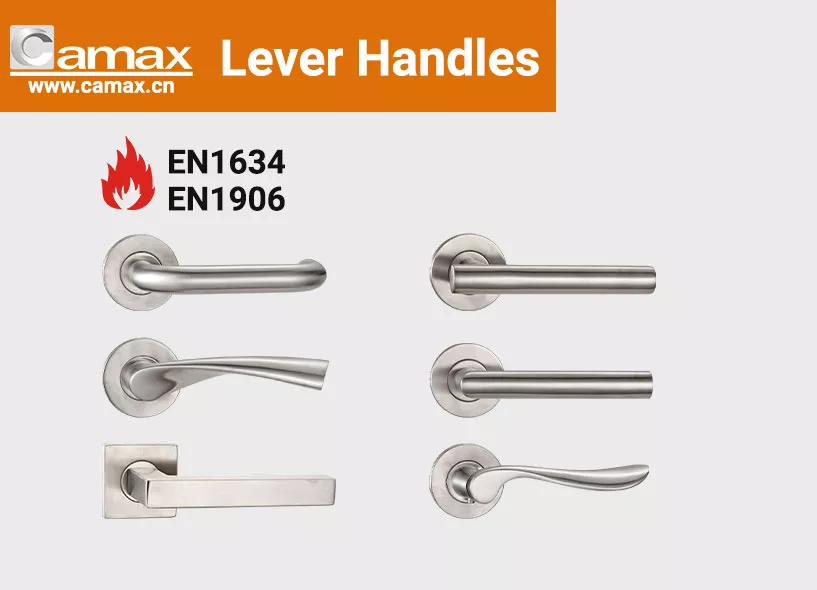
Tips:
For commercial mortise lock applications, lever handles should carry EN1906 certification, which ensures they can withstand heavy daily use and meet durability standards. When fire-rated doors are involved, EN1634 certification becomes essential - these handles maintain their integrity during fire conditions, preserving the door's fire resistance rating.
Knob handles are the traditional round option that users twist to open doors. While they offer a classic appearance that many homeowners prefer, knobs require more grip strength and wrist rotation to operate.
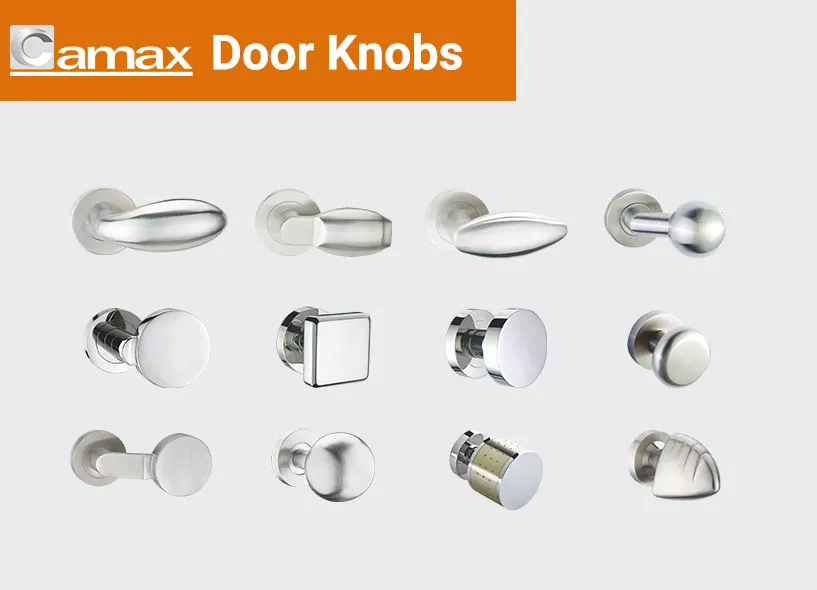
Both styles connect to the mortise lock door hardware through the same spindle mechanism, so the choice often comes down to accessibility requirements, aesthetic preferences, and local building codes rather than functional differences.
3. Thumbturns: Interior Control for Mortise Lock Door Hardware
Thumbturns serve as the interior-side control mechanism for mortise lock sets' deadbolts, allowing users to engage or disengage the lock without needing a key. These components typically feature a flat, oval-shaped knob that users can easily grip and rotate with their thumb and finger.
Thumbturns provide convenient interior deadbolt control, allowing occupants to lock or unlock doors without keys. They're particularly useful in bedrooms, bathrooms, and offices where quick security access is needed. Thumbturns connect directly to the mortise lock's deadbolt mechanism through internal linkages. While door handles operate the latch for passage, thumbturns specifically control the deadbolt for security. Combined with exterior cylinders and handles, they create a complete mortise lock door hardware access control system.
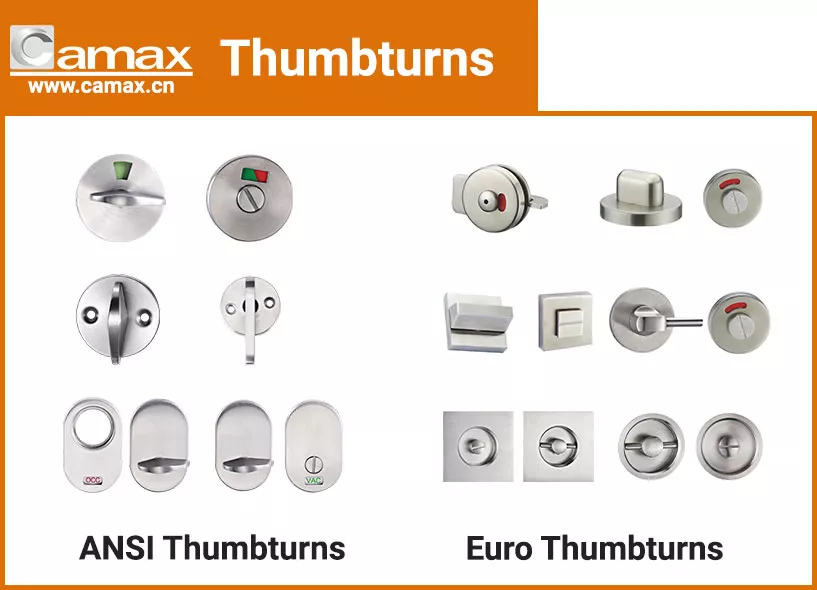
4. Cylinders: The Key-Operated Heart of Mortise Lock Sets
Cylinders serve as the key-operated component of mortise lock door hardware systems, housing the pins, springs, and mechanisms that recognize and respond to specific keys. These removable units thread directly into the mortise lock body, providing the primary means of exterior access control.
Cylinders translate key insertion and rotation into mechanical action within mortise lock sets. When the correct key enters, it aligns internal pins to the shear line, allowing cylinder rotation to operate latches or deadbolts. Cylinders connect to mortise lock bodies through threaded mounting and cam mechanisms, controlling locks from the exterior side only. In complete commercial mortise lock installations, cylinders work with interior thumbturns and handles, creating comprehensive mortise lock door hardware security systems where each component serves distinct operational roles.
Camax Hardware manufactures high-quality cylinder locks designed to fit both ANSI and Euro mortise lock bodies, ensuring compatibility with a wide range of locking systems. These ANSI cylinders and Euro cylinders are crafted to provide reliable security, allowing for keyed entry, master key configurations, and high-security options to suit various needs and applications.
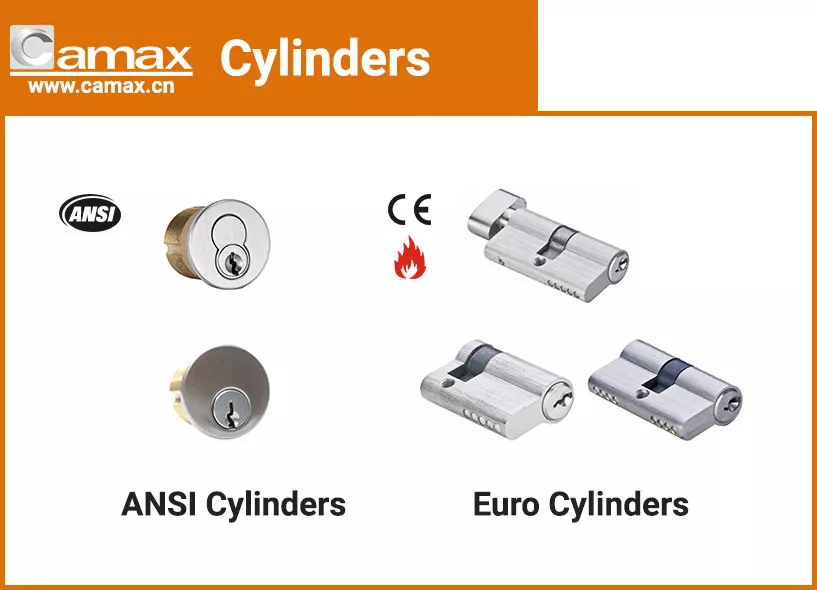
5. Strike Plates
Strikes serve as receiving components for mortise lock door hardware mechanisms, providing secure receptacles for latch bolts and deadbolts in the door frame. When doors close, latches slide into strike plates, creating the characteristic "click" sound. Beyond basic function, strikes reinforce doors and protect mortise lock sets mechanisms, making entry more difficult for intruders while improving weather resistance.
Strikes work in direct coordination with mortise lock bodies, while the lock body controls bolt extension and timing, the strike plate ensures proper alignment and secure engagement. This creates mechanical interdependence where both components form a unified mortise lock door hardware system integrating door and frame. Electric strikes offer advanced remote-control capabilities for commercial mortise lock applications.
Camax Hardware creates top-quality strikes in both square and round shapes to fit a wide range of lock types. Designed for flexibility, these strikes ensure a secure and reliable fit, making them a practical and durable choice for different door styles and configurations.
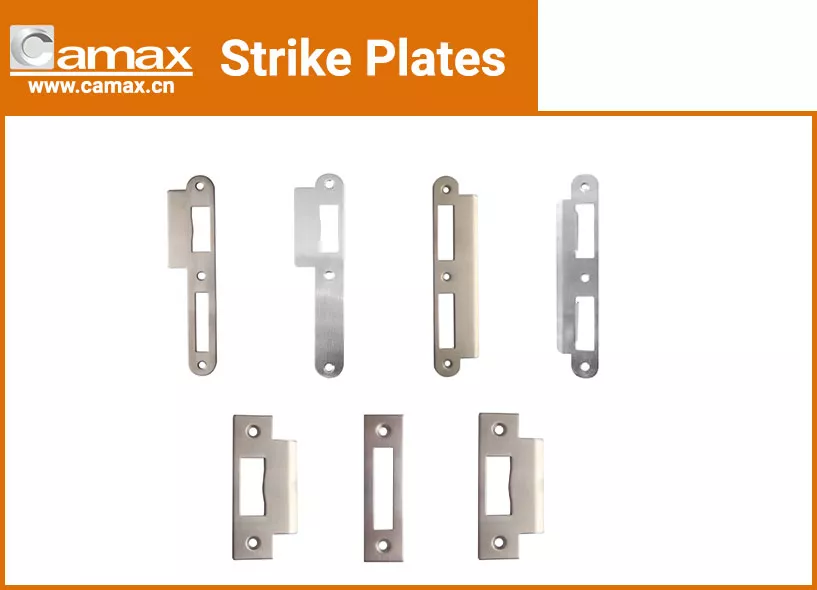
Discover the Perfect Mortise Lock Door Hardware for Your Next Project
Mortise lock door hardware combines complexity, durability, and versatility to deliver exceptional security and functionality. By understanding its components and their roles, you can make informed decisions when selecting and maintaining these locks. Whether you need a robust lock for a commercial application or a stylish option for your home, mortise locks are a reliable choice.
For more information about mortise lock door hardware, including expert advice and high-quality products, contact Camax Hardware today. With a wide range of options designed to meet various standards and applications, Camax ensures that your security needs are met with precision and reliability.
Need help? Contact Camax for a quote!
Discover Camax's door & window hardware with ANSI/BHMA/UL/CE certification today!


